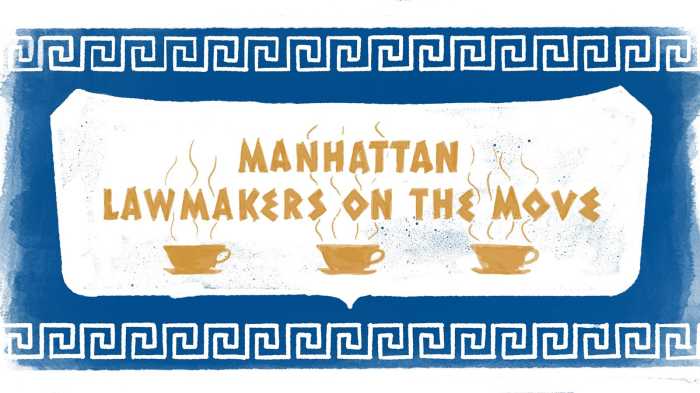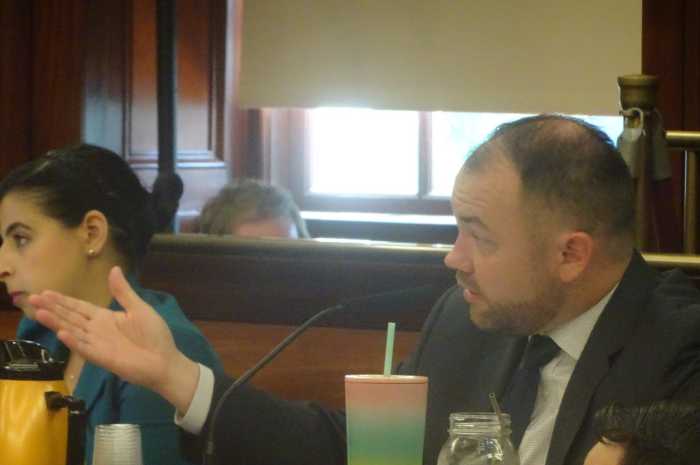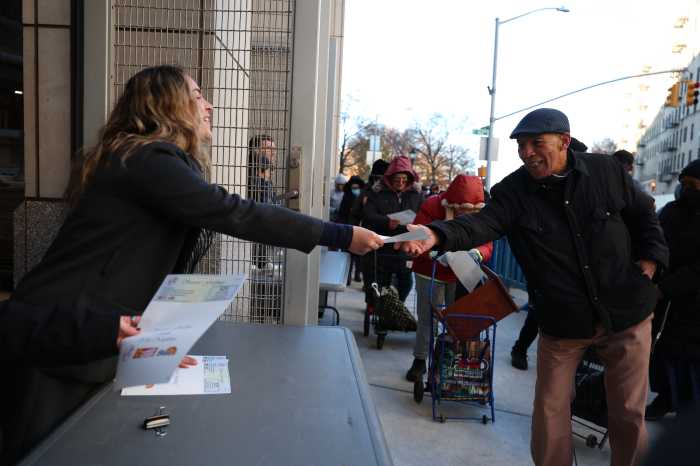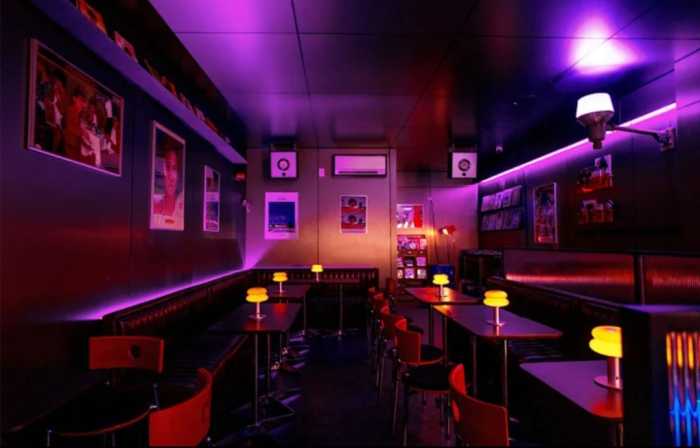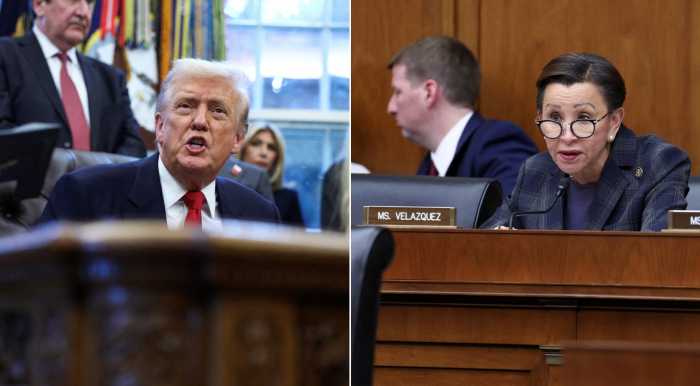As communities, should SoHo and NoHo be reserved for artists? Currently, the City classifies the former as a manufacturing district, meaning that its buildings are reserved for business and commercial use only. The only tenants who can legally live there are certified artists who can prove that they need the space to produce their work. The zoning laws also mandate that ground-floor properties are reserved for manufacturing businesses – no retail allowed.
However, since the City seldom enforces this rule, a sizable number of non-artists and retailers have lived in the neighborhood unencumbered for years. Mary Rolland, a Soho Broadway Initiative board member, believes that it’s time to recognize them as legitimate residents.
“It is time to update the zoning to let non-artists to live legally in SoHo,” said Rolland. “If we don’t move quickly, SoHo may return to what it was in the 70’s and 80’s, with buildings in disrepair, homelessness and unsafe streets. Retail and residential uses have been thriving in SoHo for decades. The rules have been long overdue for an update. Let’s get to work; the sooner, the better.”
Rolland was just one of the dozens of Soho and Noho residents who spoke at last night’s feedback session regarding the “Envision SoHo/NoHo” report.
The event took place last night at the Scholastic Building, 130 Mercer St. Manhattan Borough President Gale Brewer (D) and Council Member Margaret Chin (D-Battery Park City, Chinatown) hosted the meeting.
Last year, Brewer and Chin began an initiative to examine key zoning issues in the two neighborhoods and develop strategies to address them. After six months of research and public engagement, they produced the Envision SoHo/NoHo report, a summary of their findings and recommendations.
The report outlines three principles to guide their approach to rezoning the neighborhoods. Their first goal is to maximize quality of life for both commercial and residential tenants. Their second is to enforce and strengthen protections for existing residents, and create housing opportunities on unused land to facilitate diversity. The third goal is to reframe SoHo and NoHo as mixed-use neighborhoods in order to promote diversity.
“I know you have a lot of questions,” said Deputy Borough President Matthew Washington. “What are the next steps? The truth is, we don’t know. We put out the report, and with your help we really tried to identify some of the concerns within the community so that we can work collaboratively to address them. We wanted to give you some time to read the report and listen to feedback so we can prioritize what we should be looking at.”
At the meeting, attendees spent an hour giving feedback on the report and voice their general concerns. Among those in attendance, there was a sharp divide between those who wanted to keep the neighborhoods exclusive to artists and those who argued for the need to accommodate other residents.
SoHo resident and real estate lawyer Margaret Baisley pointed out that, currently, the majority of SoHo and NoHo residents could never be certified as artists. The neighborhoods’ zoning laws, she argued, must reflect that.
“We want legal, residential occupancy as a right,” said Baisley, amidst a mixture of cheers and boos from the crowd. “Not temporary, not amnesty, not a Band-Aid. Residential occupancy as a right.”
Other attendees weren’t as enthusiastic about the prospect. NoHo resident Bruce Williams, a certified artist, expressed concern that the artists who build the neighborhood are finding it harder and harder to maintain their spaces due to the need to accommodate “big box” stores.
“We have a theater on our ground floor; we’d like to keep it there,” said Williams. “If any of the rules were enforced, we wouldn’t have this extreme pressure to make money, money, money for people who already have money. The artists here built this community. We don’t need big box stores; little retailers are fine.”
During the meeting, we also heard from representatives of SoHo’s Performing Garage at 33 Wooster St. The representatives pointed out that their maintenance costs have gone up 300 percent in the past few years do to rising real estate taxes and “the needs of the new, wealthy loft owners”. Although the theater has existed for more than 45 years, its performers fear that they may have to close their doors soon.
“We are determined to keep our doors open,” said Wooster Group performer Kate Valk. “We want to articulate a mechanism to stabilize support and sustain our theater. And we want to work with elected city officials to articulate this mechanism.”
Robin Abrams, who moved into the neighborhood as a dancer and now works in real estate, provided a more balanced perspective. As a former dancer, she empathized with the artists who wanted to preserve the character of the neighborhood. All the same, she recognized the reality that the existing zoning laws are unsustainable.
“I walked in today and I saw a lot of friends on both sides of this issue,” said Abrams. “You want to preserve your neighborhood, but you also want income and you want to pay real estate taxes. So I think we need to keep all of that in mind. We’re a mixed-use community that needs a commercial base as well as a residential base.”



